Search the Special Collections and Archives Portal
Search Results
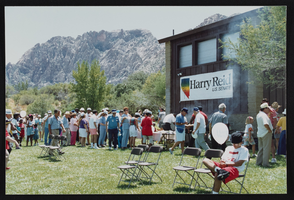
Meeting with Senator Harry Reid at park, Culinary Union, Las Vegas (Nev.), 1992 July 18 (folder 1 of 1), image 27
Date
1992-07-18
Description
Arrangement note: Series II. Public Events
Image
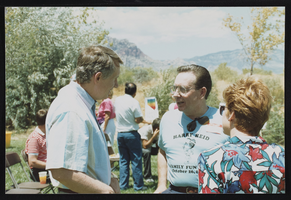
Meeting with Senator Harry Reid at park, Culinary Union, Las Vegas (Nev.), 1992 July 18 (folder 1 of 1), image 28
Date
1992-07-18
Description
Arrangement note: Series II. Public Events
Image
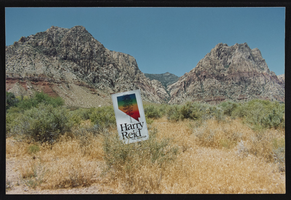
Meeting with Senator Harry Reid at park, Culinary Union, Las Vegas (Nev.), 1992 July 18 (folder 1 of 1), image 29
Date
1992-07-18
Description
Arrangement note: Series II. Public Events
Image
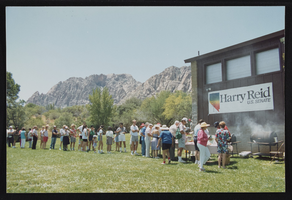
Meeting with Senator Harry Reid at park, Culinary Union, Las Vegas (Nev.), 1992 July 18 (folder 1 of 1), image 30
Date
1992-07-18
Description
Arrangement note: Series II. Public Events
Image
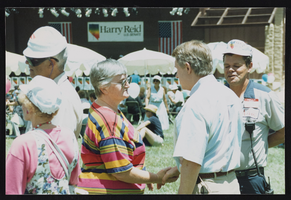
Meeting with Senator Harry Reid at park, Culinary Union, Las Vegas (Nev.), 1992 July 18 (folder 1 of 1), image 31
Date
1992-07-18
Description
Arrangement note: Series II. Public Events
Image
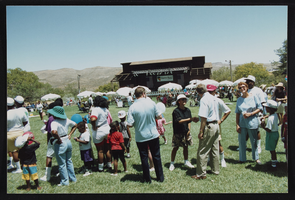
Meeting with Senator Harry Reid at park, Culinary Union, Las Vegas (Nev.), 1992 July 18 (folder 1 of 1), image 32
Date
1992-07-18
Description
Arrangement note: Series II. Public Events
Image
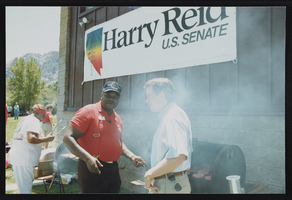
Meeting with Senator Harry Reid at park, Culinary Union, Las Vegas (Nev.), 1992 July 18 (folder 1 of 1), image 33
Date
1992-07-18
Description
Arrangement note: Series II. Public Events
Image

Meeting with Senator Harry Reid at park, Culinary Union, Las Vegas (Nev.), 1992 July 18 (folder 1 of 1), image 34
Date
1992-07-18
Description
Arrangement note: Series II. Public Events
Image

Meeting with Senator Harry Reid at park, Culinary Union, Las Vegas (Nev.), 1992 July 18 (folder 1 of 1), image 35
Date
1992-07-18
Description
Arrangement note: Series II. Public Events
Image

Meeting with Senator Harry Reid at park, Culinary Union, Las Vegas (Nev.), 1992 July 18 (folder 1 of 1), image 36
Date
1992-07-18
Description
Arrangement note: Series II. Public Events
Image
Pagination
Refine my results
Content Type
Creator or Contributor
Subject
Archival Collection
Digital Project
Resource Type
Year
Material Type
Place
Language
Records Classification
